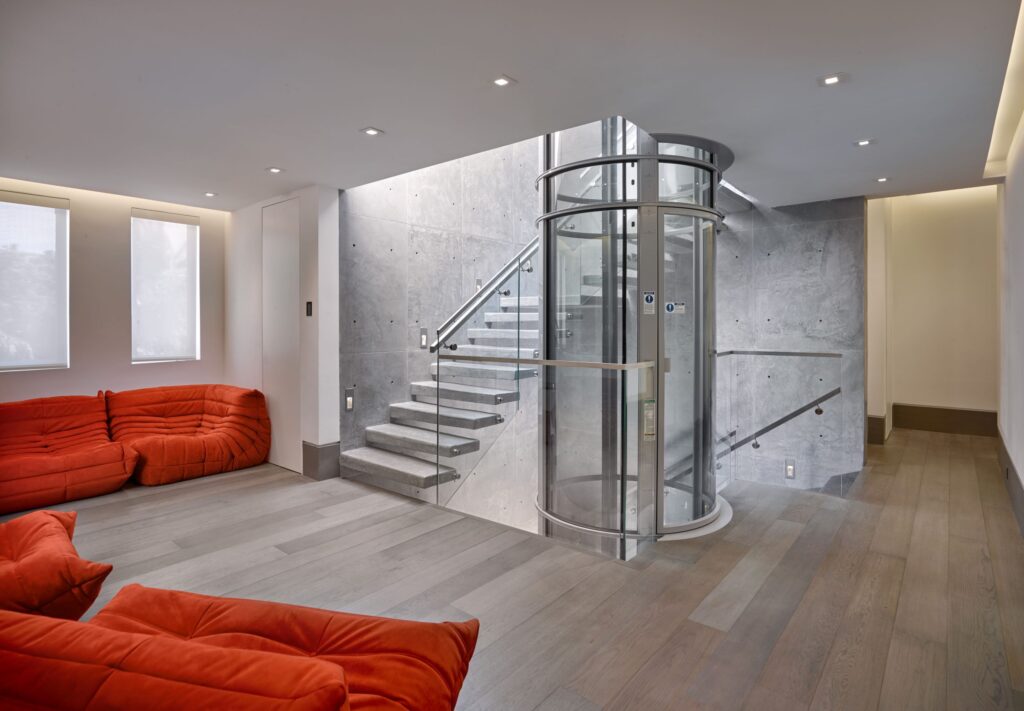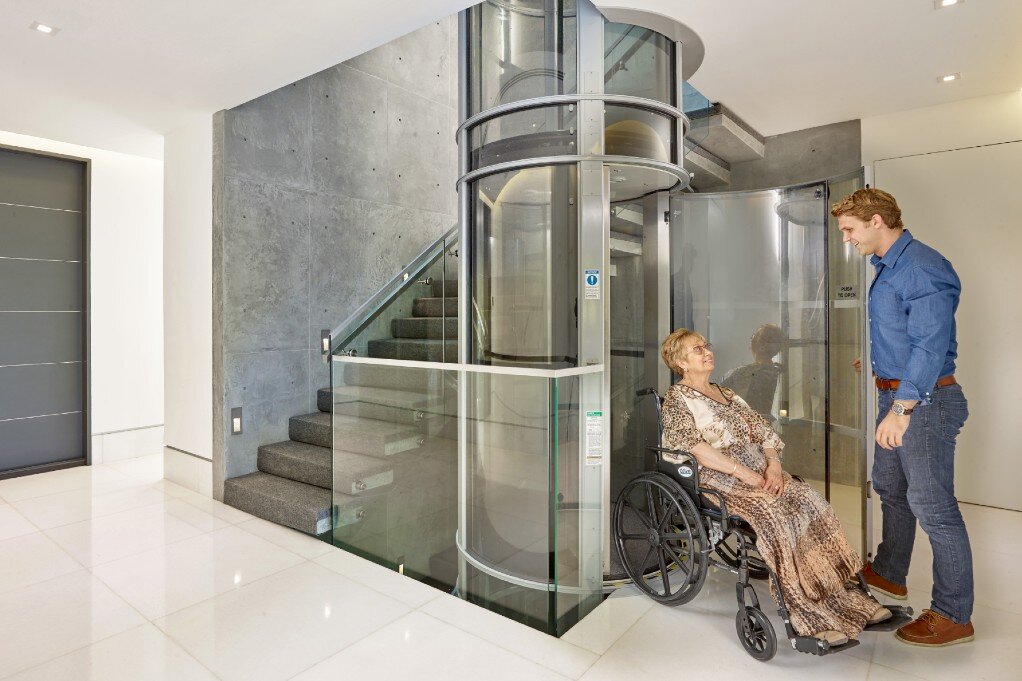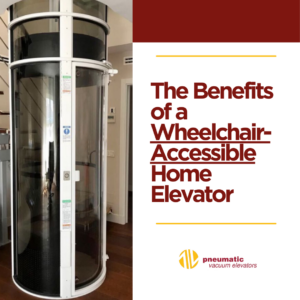Adding a home elevator to your residence can be a transformative decision, enhancing accessibility, convenience, and even the value of your property. But before you embark on this exciting journey, it’s crucial to understand the ins and outs of the installation process. This comprehensive guide will equip you with the essential knowledge to make informed decisions about your home elevator dream.
Weighing the Benefits and Considerations
Enhanced Accessibility: A home elevator eliminates the physical barriers posed by stairs, making your home truly accessible for everyone, regardless of age or mobility limitations. This is especially valuable for individuals with disabilities, older adults, or those recovering from injuries.
Increased Convenience: Say goodbye to lugging groceries upstairs or struggling with laundry baskets. A home elevator provides effortless access to all levels of your home, improving everyday comfort and convenience.
Elevated Property Value: Studies suggest that installing a home elevator can increase your property value, making it a worthwhile investment for the future.
Careful Considerations: Cost is a significant factor. Home elevator installation can range from $10,000 to $50,000 or more, depending on the type, size, and complexity of the project. Additionally, you’ll need to consider available space, structural requirements, and local building codes.
Exploring Your Options: Types of Home Elevators
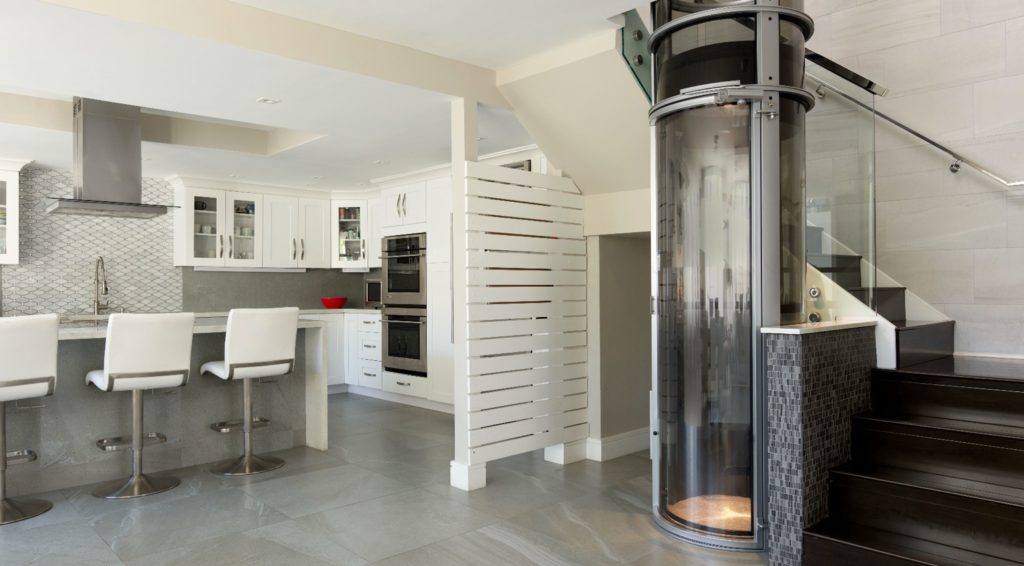
Pneumatic Elevators: Utilizing pressurized air for operation, these elevators are efficient, quiet, and require minimal space. They are ideal for retrofitting existing homes due to their self-supporting structure.
Hydraulic Elevators: Powered by a hydraulic pump, these elevators offer smooth, quiet rides and a wider variety of sizes and styles. They typically require a small pit below the ground floor.
Traction Elevators: Similar to commercial elevators, these use a traction drive system and offer the greatest flexibility in design and capacity. However, they require a machine room and a hoistway, making them better suited for new construction or larger homes.
Vacuum Elevators: These innovative elevators operate on a vacuum principle, offering a sleek and transparent design. While energy-efficient and space-saving, they have limited weight capacity and are suitable for specific needs.
Navigating the Installation Process: Step-by-Step
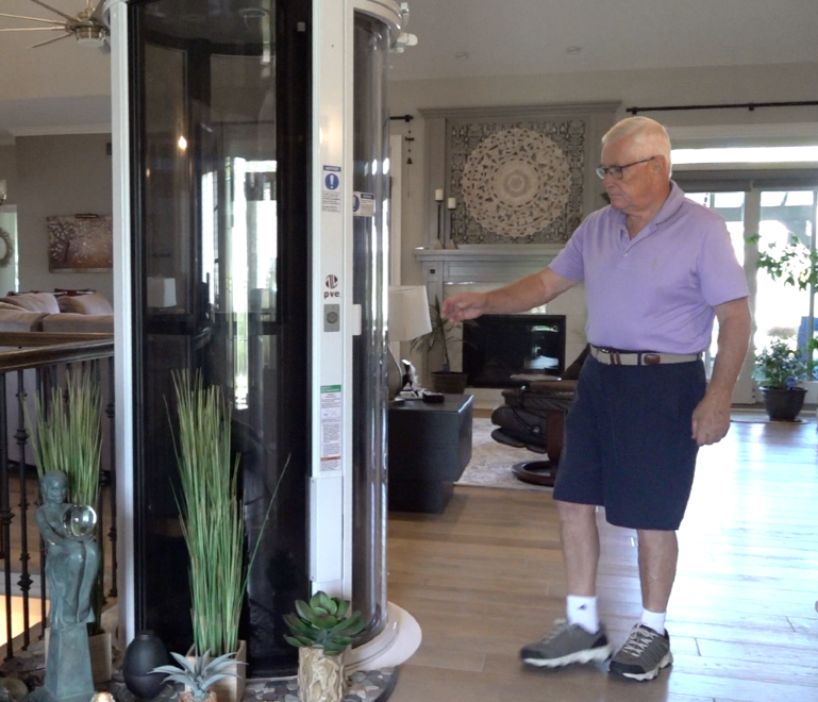
Planning and Permitting:
- Consultation: Discuss your needs and options with experienced home elevator companies.
- Site evaluation: Technicians assess your home’s layout, structure, and electrical capacity.
- Design and selection: Choose the elevator type, size, and features that best fit your needs and budget.
- Permitting: Obtain necessary permits from local authorities based on building codes and regulations.
Installation:
- Preparation: The chosen location is prepped, including potential electrical upgrades and structural modifications.
- Elevator assembly: Components are delivered and assembled according to the manufacturer’s specifications.
- Testing and inspection: Thorough testing and safety checks are conducted by qualified professionals.
- Finalization: Once all tests pass and inspections are approved, your home elevator is ready for use!
Maintenance and Safety:
Regular maintenance is crucial for safe and reliable operation. Follow manufacturer recommendations and schedule professional inspections periodically. Home elevators are equipped with safety features like automatic door openers, emergency stops, and backup power systems. Familiarize yourself with these features and ensure they function properly.
Additional Considerations:
Choosing a Reputable Company:
- Look for established companies with experience in residential elevator installations.
- Verify licensing, insurance, and certifications for professional installation and compliance.
- Obtain quotes from multiple companies and compare their offerings, warranties, and customer service.
Financing Options:
Several financing options may be available, including loans, home equity lines of credit, and manufacturer programs. Explore options that suit your budget and financial situation.
Customization and Design:
Many elevators offer a variety of options for personalization, such as interior finishes, door styles, and lighting. Consider how the elevator will aesthetically integrate into your home.
Future Needs:
Think ahead! If you anticipate future mobility needs, choose an elevator with ample capacity and consider features like wider doors or additional stops.
Accessibility Features:
Ensure the elevator offers accessibility features like voice control, Braille buttons, and handrails for individuals with disabilities.
Investing in a home elevator can be a life-changing decision, adding convenience, accessibility, and potential value to your home. By thoroughly understanding the process, exploring your options, and partnering with a reputable company, you can transform your dream into a reality. Remember, careful planning, informed decision-making, and prioritizing safety will ensure a smooth installation and years of enjoyment from your home elevator.
Looking To Hire Professionals For Home Elevator Installation? We Recommend PVE Experts

We recommend some factors to consider when looking for professionals for home elevator installation, including PVE Experts:
Credentials and Experience:
- Licensing and insurance: Ensure the company holds the necessary licenses and insurance for your area and project type.
- Certification: Look for technicians certified by a recognized body like the National Association of Elevator Contractors (NAEC).
- Experience with your preferred elevator type: Choose a company with experience installing and servicing your desired elevator brand or technology.
- Years in business: Established companies with a proven track record can provide confidence and stability.
Services Offered:
- Consultation and design: Do they offer comprehensive consultations to understand your needs and recommend suitable options?
- Installation expertise: Do they have the experience and equipment to handle your specific project, including any necessary modifications to your home?
- Maintenance and support: Do they offer ongoing maintenance and repair services to ensure your elevator’s long-term reliability?
- Warranties and guarantees: Check the terms of their warranties and guarantees for peace of mind.
Reputation and Reviews:
- Check online reviews and testimonials: See what other customers have experienced with the company.
- Ask for references: Contact past clients to get firsthand feedback about the company’s work and professionalism.
- Industry recognition: Look for awards or recognition from industry associations or publications.
Price and Transparency:
- Obtain detailed quotes: Compare quotes from multiple companies to ensure you’re getting a fair price.
- Clear communication: Ensure all costs, including permits, potential modifications, and maintenance, are clearly outlined.
- Payment terms: Understand payment terms and any financing options available.
Additional Tips:
- Get everything in writing: Ensure a signed contract clearly outlines the scope of work, timeline, costs, and warranties.
- Ask questions: Don’t hesitate to ask questions and clarify any doubts you have.
- Trust your gut: Choose a company you feel comfortable with and confident in their abilities.
By following these recommendations and conducting your research, you can make an informed decision about choosing the right professionals, including PVE Experts, for your home elevator installation project. Remember, the most important factor is finding a company that prioritizes your safety, meets your needs, and delivers exceptional service.
Get A FREE Quote Now For Home Elevator Installation
Frequently Asked Questions About Home Elevator Installation:
Cost:
How much does it cost to install a lift at home?
Installing a home elevator can range from $10,000 to $50,000 or more, depending on several factors like type, size, complexity, and necessary modifications. Pneumatic and shaftless elevators tend to be on the lower end, while hydraulic and traction elevators are typically more expensive.
Feasibility:
Can an elevator be installed in an existing home?
Yes, many elevators can be installed in existing homes, especially pneumatic and hydraulic options. However, it’s crucial to assess your home’s structure, available space, and electrical capacity to determine feasibility. Consulting with experienced professionals is key.
Value:
Is it worth putting an elevator in a house?
This depends on your individual needs and priorities. For those seeking improved accessibility, convenience, or increased property value, a home elevator can be a worthwhile investment. However, carefully consider the cost, maintenance, and long-term usage before making a decision.
Best Type:
Which type of elevator is best for home?
There’s no single “best” type, as the optimal choice depends on your specific needs, budget, and home layout. Consider factors like space constraints, desired capacity, noise level, and aesthetic preferences when making your selection.
Cheapest Option:
What is the cheapest type of elevator?
Pneumatic and shaftless elevators are generally the most affordable options, especially for retrofitting existing homes. However, remember that cost isn’t the only factor. Evaluate features, safety, and long-term maintenance needs before solely focusing on price.
Safety:
Which elevator is safer?
All reputable home elevator brands prioritize safety and adhere to strict regulations. Modern elevators incorporate redundant safety features like automatic door openers, emergency stops, and backup power systems. Choose a trusted manufacturer and ensure regular maintenance for optimal safety.
Energy Efficiency:
Which type of elevator uses less power?
Pneumatic and vacuum elevators are known for their energy efficiency due to their simpler designs and use of compressed air or vacuum pressure. However, energy consumption can vary depending on usage patterns and specific models.
Quality:
What is the highest quality elevator?
Quality often comes down to reputable brands and their commitment to manufacturing standards, materials, and safety features. Research established companies with proven track records and certifications for peace of mind.
Safety Mechanism:
What stops elevators from falling?
Multiple safety mechanisms prevent elevators from falling, including:
- Governor: Senses excessive speed and engages brakes.
- Safety brakes: Automatically engage if the governor fails.
- Door interlocks: Prevent movement with doors open.
- Buffer springs: Absorb impact at the bottom of the shaft.
- Overload protection: Prevents operation with excessive weight.
Remember, regular maintenance and adhering to weight limits are crucial for continued safety.

